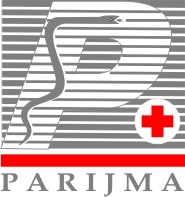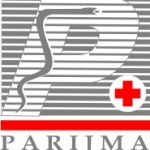A novel and unique technique designed by the Neurologist and Neurorehabilitation team of the medical centre and highly useful for relieving the spasticity in children with spastic CP. Patients are selected after a thorough evaluation, & involved muscles are identified. The tight muscles are stretched and the weak ones are stimulated and strengthened. This massage helps in relieving the pain due to spasticity, promotes better mobility and also improve mental alertness. Parents are also educated and trained in the technique along with interaction so that the same is continued at home after completion of the programme.
Tendon release and myofascial stretch (TRAMS) therapy is an indigenous technique programmed and started by the Neurorehabilitation team with valuable guidance and support from Dr. Suresh Rao Aroor, Chief Neurologist, Parijma Neurodiagnostic and Rehabilitation Centre from July 16, 2008. This unique programme was started to treat Spastic neurological disorders, mainly cerebral palsy. In brief, this technique involves gradual stretching of spastic (tight) muscles first segmentally and then constantly and strengthening of relatively weak muscles manually using various techniques so that unnecessary surgical procedures such as tenotomies are avoided or kept to a minimum, keeping intact the integrity of the muscles. Though our primary goal was to relieve the spasticity or tightness, one year down the line, we have found a lot of additional advantages after treating more than 100 patients.
To mention a few we have found a rapid progress in physical milestones (increase in their mobility), definite improvement in their mental milestones and alertness (increased mental interactions), decreased respiratory tract infections which they are prone for (improved general health), and decreased pain associated with dystonia and spasticity. Our aim is also to educate and counsel the parents about the disorder and also teach the technique to the best of our ability, so that they can involve, interact, and continue the therapy at home. This technique is not generalized or universal for every child but follows a particular protocol depending on the type and severity of the condition as the child is assessed daily during the course of therapy and feedback from the parents. Best results are achieved if the therapy is started as early as possible. We advice 3 to 4 week therapy on a daily basis so that the parents understand and learn the technique better.
For further information and details, please contact us.





